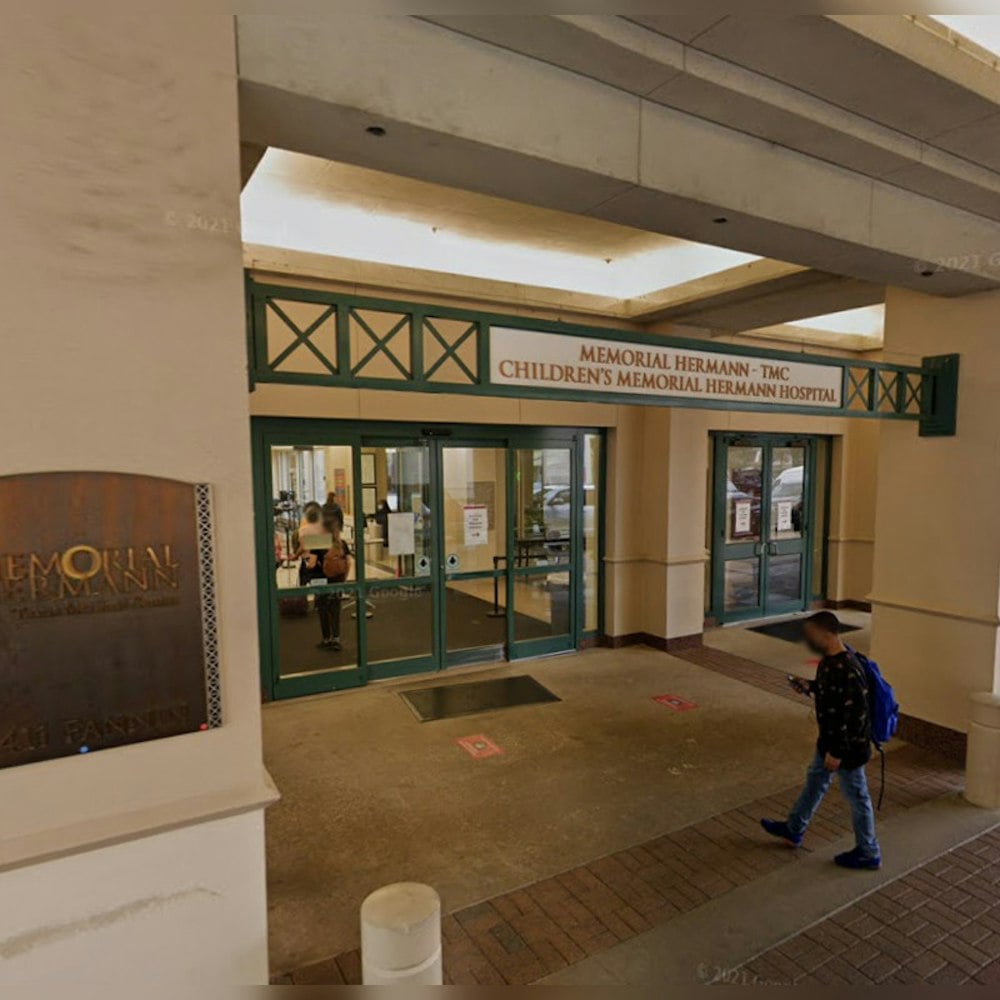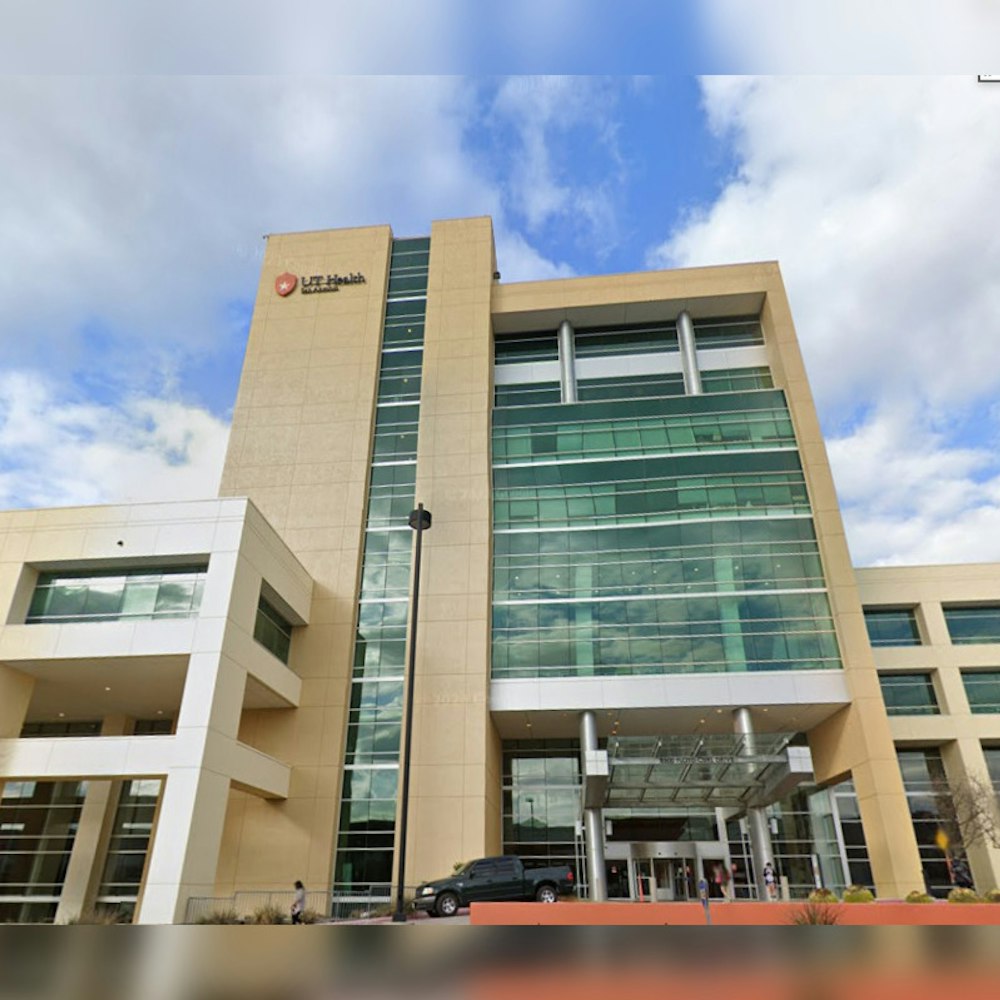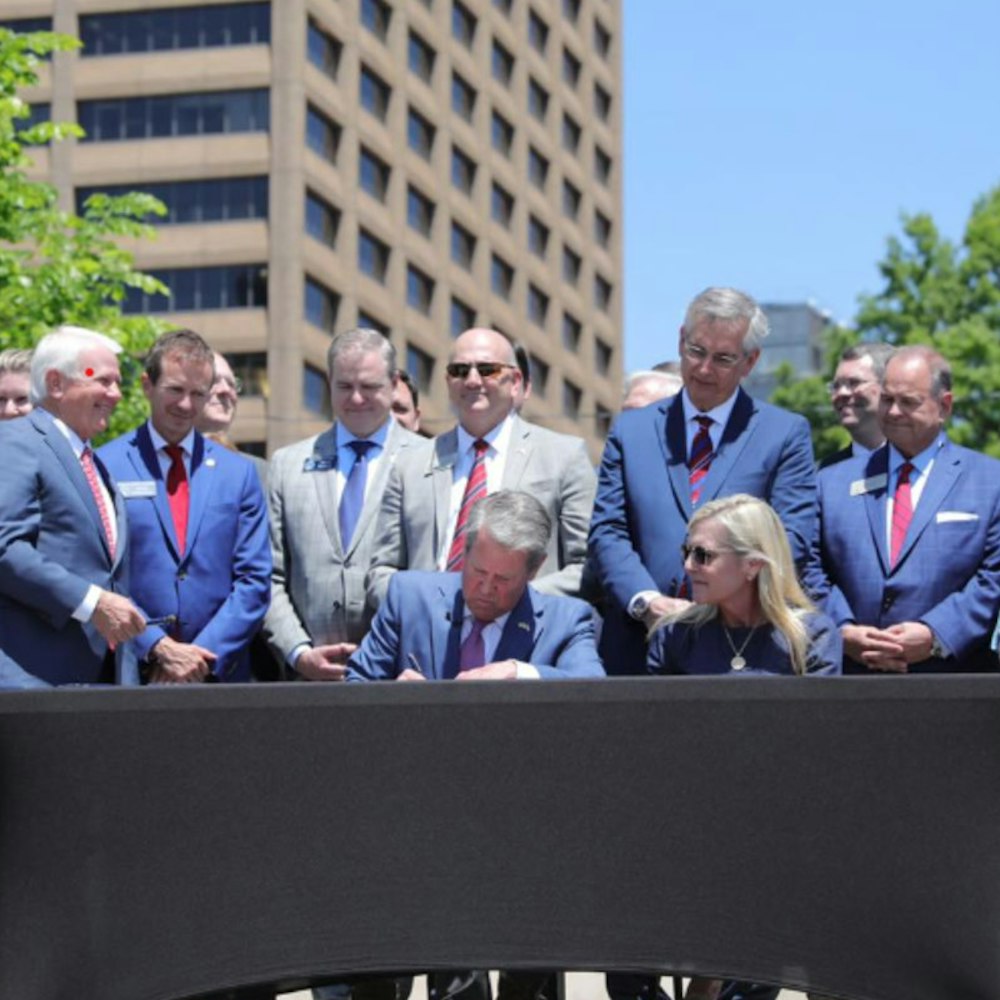
Austin-Bergstrom International Airport (ABIA) is mapped out for a significant expansion with the addition of a new concourse, known as Concourse B, and the installation of at least 20 new gates to address its current state of congestion. Initially conceived as part of the ABIA 2040 Master Plan to host 30 million passengers annually by 2037, current estimates now expect to hit that mark a decade early, by 2027. With over 22 million annual passengers already flowing through its gates, the airport's expansion is a response to the soaring growth in passenger traffic, according to Austin Monitor.
Although the original plan forecasted a 2027 opening for Concourse B, travelers can expect to quickly begin using the new facility by 2030 at the earliest. Estimates are shrouded in uncertainty as airport officials hesitate to commit to concrete timelines. "That's -ish. I don't have the designer or contractor, so I can't promise anything," said Lyn Estabrook, airport planning officer, hinting that the opening could slip to 2031 or 2032, as per KUT. The city of Austin is reportedly pushing forward with hiring a designer for the project, with a solicitation featuring a $72 million offer to design the massive 635,000-square-foot facility.
This new concourse is not just about gate additions – it's a central part of a larger $4 billion expansion project, branded Journey with AUS, which includes a sweeping array of enhancements like a new arrivals and departures hall and revamped baggage claim areas. An existing parking garage will be demolished to make way for the expansion, and a new one is planned behind the Blue Garage. As reported by the Austin Monitor, the total cost of Concourse B and associated infrastructure is expected to approach $1 billion, marking the largest increase in gate capacity since the airport opened to civilians in 1999.
Ultimately, the expansion's phasing will be dictated by airline demand. "If they need 10 first, we will build 10 first and then build the other 10," Estabrook explained to KUT, emphasizing the close collaboration with airlines. ABIA, wedged between the present demands of an overflowing terminal and the future's pressing gaze, walks a tightrope of logistical and financial challenges as it expands its horizons and its runways, under the watchful eyes of passengers and planners alike.








-3.webp?w=1000&h=1000&fit=crop&crop:edges)
